Q&A with Peter Jones

Having held the post since July 1985, Peter Jones signed off as Fellow Librarian in September, marking the end of more than three decades of his unflappable and sympathetic stewardship.
After 36 years as Fellow Librarian you must have amassed a sizable repository of memories – are there any that particularly stand out?
There have certainly been some highs and lows, but it’s the people I’ll remember the most. The librarians and archivists who have become friends as well as colleagues, the conservators who have beautifully restored our books, the donors and benefactors whose generosity has allowed us to add to our collections, and the staff members across the College who have supported us in myriad ways. Two individuals have been much in my thoughts recently, both having passed away earlier this year: the former Assistant Librarian Liz Russell – courtly dancer, formidable champion of the Bliss classification system, and scourge of Library architects – and John Barber, Chair of the Library Committee in 1985, who had managed the Library for a year before I arrived, and who became my mentor and friend. John was variously Vice Provost, Acting Provost, Lay Dean and Acting Development Director at King’s; fittingly his last College job was as Chair of the Library Committee again.
The Library must have changed significantly since 1985 – what do you think are the most pronounced differences between then and now?
As in so many areas of our lives, the technological shift has been enormous. In a way I’ve straddled a thousand years’ worth of library technology in one career at King’s – from textura handwriting on ruled pages and borrowing slips put on spikes, to a typewritten card subject index, and finally to Sirsi Dynix Symphony, described by its manufacturers as “a proven, robust, Integrated Library System built for now and the next generation in library technology” and which flourishes on a virtual server somewhere. The handwritten catalogue entries made in the last two centuries can still be seen in the Library. I doubt the same will be true of our software system in thirty years’ time!
Has anything remained more constant?
The Library staff has been amazingly cohesive and long-lasting during my time here; most members of the team have stayed with us for at least ten years. With their help we’ve navigated a succession of challenges from computerisation and digitisation to new library roofs, summer schools, the arrival of social media and, of course, the pandemic. The same is true of our archivists, a succession of highly qualified specialists dealing with records that cover an extraordinary range of both time and theme, with charters dating back to the 11th century and a modern archive embracing literature, art, economics and computing. That continuity has been immeasurably important, and very welcome.
What do you feel are some of the most noteworthy achievements from your tenure?
One of the early successes was the formation of the Cambridge Colleges’ Conservation Consortium back in 1987, of which King’s was a founder member and I the first chair. The conservators have rescued us from many a minor disaster, not least in 2018 when many of our documents were imperilled by a mould outbreak.
We’ve also been lucky to have enjoyed the support of some generous benefactors over the years. The conferences in honour of Tim Munby – one of my predecessors – that we organised with Joyce Wood in 2013 and 2016, and the subsequent creation of the Munby Centenary Fund, made it possible for us to secure acquisition funds for rare materials for the first time since the 1980s and make some special purchases like the wonderful William Blake prints of Songs of Innocence and of Experience. Not forgetting, of course, the triumph in 2015 of being able to secure the John Schroder collection of the writings and letters of Rupert Brooke, with the help of Maggs Bros antiquarian booksellers and thanks to two major grants. Libraries and Archives are the life blood of teaching and research today, as well as the material of College history. They should grow and flourish.
What challenges are facing the Library today?
There are a few – recovering from the pandemic, adapting to changing reading habits, archiving ‘born digital’ College records – but perhaps the most pressing is the lack of space. This was an issue when I arrived at King’s, and architect Richard MacCormac developed designs for a new library facility which would have seen a massive stone half-circle built in the Fellows’ Garden. The design was a kind of tiered burial chamber – part underground, part overground – and was eventually realised at the Ruskin Library in Lancaster. In the end we built the excellent scheme designed by Cambridge architects Freeland Rees Roberts at the beginning of the 1990s, which improved access for our users and increased storage area at the heart of the College. Thirty years on from then, we find ourselves yet again short of space to store our archival records; it’s very much a cyclical battle.
What are your own plans for retirement?
I plan to haunt the Library still: Archivist Patricia McGuire and I are planning to publish an edition of the earliest College inventories, and I still hope to get to grips with a new catalogue of the College’s medieval manuscripts. And, of course, I’ll continue to further the interests of the Library and Archives in my role as a Life Fellow!
